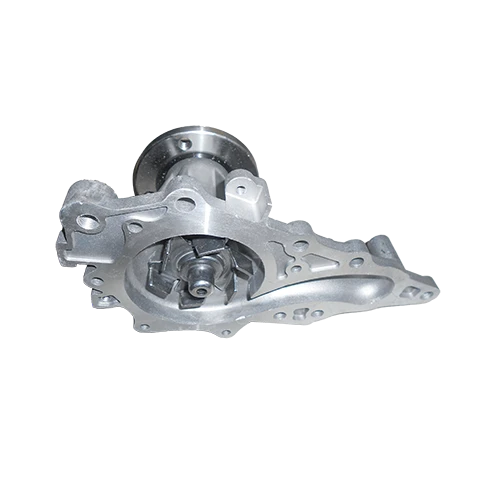Mobile:+86-311-808-126-83
Email:info@ydcastings.com
Exploring the Techniques in Pump Body Casting and Their Applications
The Importance of Pump Body Casting in Fluid Machinery
In the realm of fluid machinery, pump body casting plays a crucial role in ensuring the efficiency and reliability of pumps
. Pumps are essential components in various industries, from water treatment facilities to oil and gas production, where they are tasked with moving fluids from one location to another. The pump body, which houses the impeller and other vital components, must be designed and manufactured with precision to withstand the stresses of operation and the corrosive nature of the fluids being transported.Pump body casting involves the process of creating a pump body by pouring molten metal into a mold. This method is preferred for its ability to create complex geometries that are often required in pump designs. The casting process allows for various materials, such as cast iron, aluminum, or even stainless steel, to be utilized. Each material has its advantages and disadvantages, related to cost, weight, corrosion resistance, and strength, making the choice of material pivotal in the design of a pump body.
One of the primary benefits of casting is the ability to produce intricate shapes that may be difficult or costly to achieve through machining. This is particularly important in pump design where the shape of the casing can significantly affect performance, including flow efficiency and the reduction of turbulence within the pump. By using casting techniques, manufacturers can ensure that the pump body's surfaces are smooth and the contours are optimized for fluid dynamics.
Moreover, the casting process can enhance the structural integrity of the pump. When properly cast, the metal can achieve a uniform grain structure, which translates to greater strength and durability. This is particularly crucial for pumps that operate under high pressure and temperature variations, as a well-cast pump body can prevent failures that may result in costly downtime and repairs.
pump body casting

Another critical aspect of pump body casting is its contribution to reducing production costs. While the initial investment in creating molds can be significant, the ability to mass-produce pump bodies through casting leads to economies of scale. Manufacturers can produce large quantities of identical pump bodies efficiently, leading to lower per-unit costs and faster production times. This efficiency is essential in meeting the growing demand for pumps in various sectors, including construction, agriculture, and energy.
However, ensuring the quality of the cast pump body requires rigorous quality control measures. Factors such as the temperature of the molten metal, the design of the mold, and the cooling process can all influence the final product's integrity. Manufacturers must perform thorough inspections, including non-destructive testing methods, to identify any defects such as porosity or inclusions, which could compromise the pump's performance.
In addition to traditional metal casting, advancements in technology are leading to new methodologies such as 3D printing for creating pump bodies. This innovative approach allows for even greater design flexibility and can lead to lighter and more efficient pump designs. As industries continue to evolve and the demand for high-performance pumps increases, the methods of producing pump bodies will likely keep pace with these changes, embracing new materials and fabrication techniques.
In conclusion, pump body casting is an integral aspect of pump production, impacting everything from performance and durability to cost-effectiveness. As the world becomes more reliant on efficient fluid transport systems, the importance of carefully crafted pump bodies cannot be overstated. This sector will continue to innovate, ensuring that pumps meet the rigorous demands of modern industries while pushing the boundaries of engineering excellence.
-
Why Should You Invest in Superior Pump Castings for Your Equipment?NewsJun.09,2025
-
Unlock Performance Potential with Stainless Impellers and Aluminum End CapsNewsJun.09,2025
-
Revolutionize Your Machinery with Superior Cast Iron and Aluminum ComponentsNewsJun.09,2025
-
Revolutionize Fluid Dynamics with Premium Pump ComponentsNewsJun.09,2025
-
Optimizing Industrial Systems with Essential Valve ComponentsNewsJun.09,2025
-
Elevate Grid Efficiency with High-Precision Power CastingsNewsJun.09,2025











